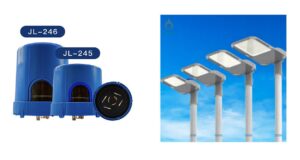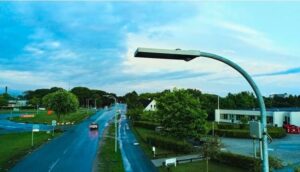Photocontrol Performance in Various Weather and Seasons
Introduce
The demand for energy-efficient lighting solutions is growing. Urban lighting plays an important role in improving public safety. But, it also increases energy consumption by huge amounts. There is only one solution to this problem. Solar power can be used with photocontrol technology to counter this problem. With these two technologies combined, cities can increase their lighting efficiency. They can reduce energy costs and contribute to environmental sustainability.
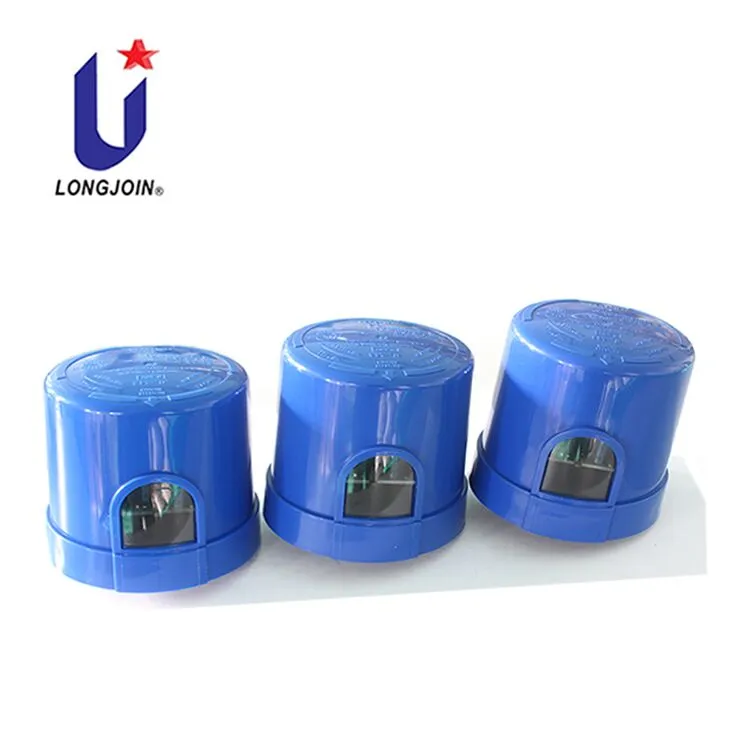
Photocontrol Performance in Summer
High Light Intensity
During the summer, the intense sunlight can cause difficulties for photocontrols. The high light intensity can cause lights to turn off earlier than wanted. This can be due to photocontrol judging there’s enough daylight even when it’s not optimal. Zhaga sockets can help resolve this issue. They give more precise control and adjustments based on changing light levels.
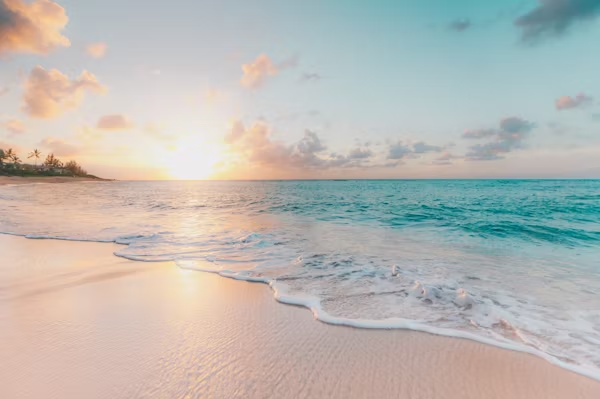
Managing Longer Daylight Hours
The extended daylight hours in summer need photocontrols to be adjusted accordingly. Many modern photo controls offer changeable sensitivity settings. This allows the system to remain operational during periods of high sunlight. It still saves energy too. By fine-tuning these settings, you can make sure that lights are activated at the correct times. It also reduces the risk of unnecessary energy usage.
Photocontrol Performance in Summer
Shorter Daylight Hours
Winter brings shorter days and longer periods of darkness. This means outdoor lights should be turned on earlier than usual. Photocontrols need to be more sensitive during these months. They need to detect the reduced daylight and trigger lights at the right times. Some advanced photocontrol systems now have programmable schedules. They can be customized to account for varying daylight hours in the winter season.

Coping with Colder Temperatures
Cold temperatures can also affect the sensitivity of photocontrol sensors. Regular maintenance and checking of the temperature compensation features is useful. It can help in maintaining their performance during winter. Also, using photocells designed for extreme temperatures can increase reliability. It can also prevent performance issues in harsh winter conditions.
Impact of Rainy and Cloudy Days
Diffused Lighting Challenges
Rainy and cloudy days result in diffused lighting. This can confuse photocontrol sensors. It can then lead to wrong activation of lights. This diffused light can cause the lights to turn on or off at the wrong times. It also affects the reliability of the system. Using photocontrols with multi-sensor capabilities is useful too. It can help differentiate between various lighting conditions. This allows for more accurate working.
Solutions for Sensor Reliability
To address these challenges, advanced photocontrols with specialized sensors can be used. They can distinguish between direct sunlight and diffused light. This increases reliability. Regularly adjusting and testing your photocontrols during the rainy season is useful. It can make sure they work optimally.
Challenges During Fog and Haze Conditions
Reduced Visibility Effects
Fog and haze greatly reduce visibility. They can reduce the amount of light reaching the photocontrol sensor. This can delay the activation or deactivation of lights. It can also lead to unsafe conditions if the lights do not work as needed. Also, maintaining clean sensors can further improve their performance. It can also prevent any false readings.
Enhancing Photocontrol Sensitivity
In such conditions, more advanced photocontrols can be used. They have enhanced sensitivity and filtering capabilities. These features help the sensors to better differentiate between light levels. It makes sure that lights are turned on promptly even in low-visibility environments.
Dusk and Dawn Transitions
Rapid Light Changes
Dusk and dawn are critical times when the ambient light levels change quickly. Here, photocontrols must respond accurately to these transitions. The rapid change in light conditions requires photocontrols that can adapt quickly.
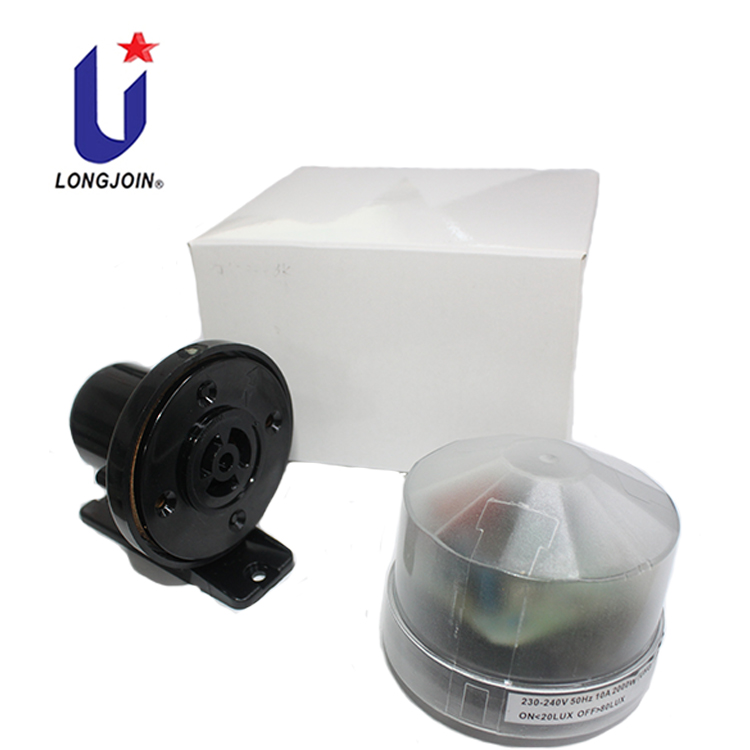
Adapting to Twilight Conditions
Dusk-to-dawn sensors are designed for these specific conditions. They make sure that lights are activated precisely at sunset. Likewise, they should also get deactivated at sunrise. Some advanced photocontrols also use adaptive algorithms. They help fine-tune their sensitivity during these twilight hours. This makes sure that the lights are consistently and accurately controlled. It also improves safety and energy efficiency.
Summing Up
Maintenance of photocontrols is vital. It makes sure they work effectively throughout the year. This includes cleaning the sensors and changing settings. Checking for any wear and tear is also a must. It is important to understand how different seasons and weather conditions affect your photocontrols. It allows you to make important changes before time. This proactive approach makes sure your outdoor lighting system remains efficient. It also keeps them safe and reliable all year-round.
FAQS
How do weather conditions affect my outdoor photocell light sensor?
Rain, fog, and clouds can impact the accuracy of photocell sensors. This causes wrong light activation. Advanced sensors with improved sensitivity can handle these conditions better.
What are Zhaga sockets and how do they help?
Zhaga sockets are standardized connectors that improve the integration and performance of photocontrols. This allows for more precise light management.
How can I maintain my photocontrols for year-round performance?
Regularly clean sensors, change settings and check for wear and tear. Adjust sensitivity based on seasonal changes. This ensures optimal performance.
Reference
https://www.sciencedirect.com/topics/engineering/diffuse-light

